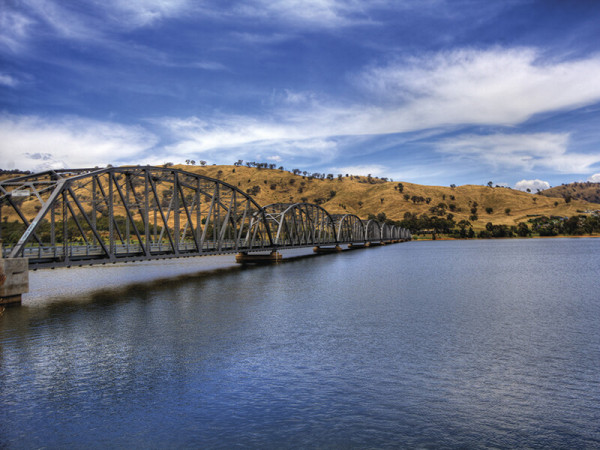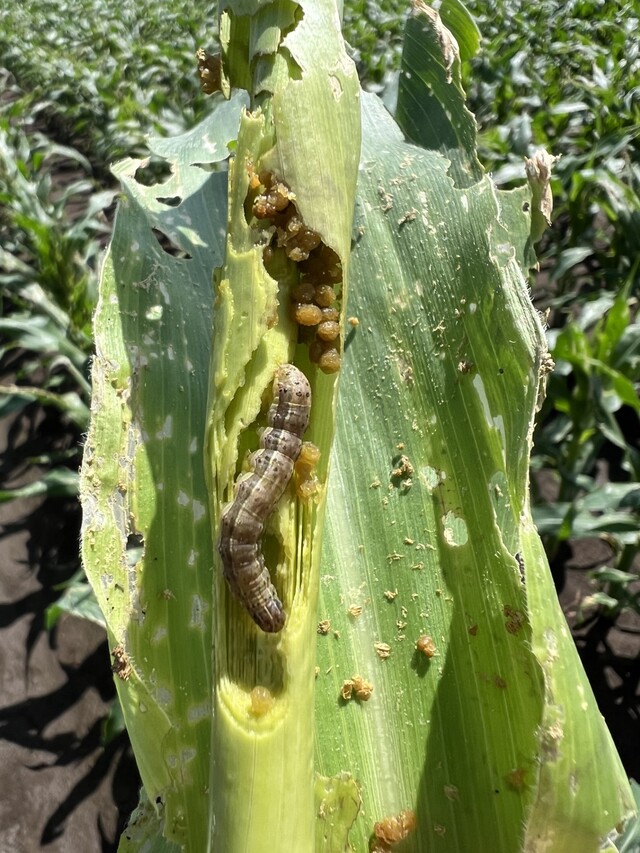THE Murray-Darling Basin Authority (MDBA) has started releasing water from the near-full Hume Dam as more rain is expected to fall.
The MDBA increased daily releases from 10 gigalitres to 31GL in the past week after it revealed there was a “high chance” of significant flooding downstream of Hume Dam if further heavy rainfall occurred.
WaterNSW said the dam, which captures winter and spring rainfall from snow fields and releases it to regulate the flow of the Murray River, was at 98.5 per cent capacity.
MDBA acting chief executive Andrew Reynolds said the flow rate would keep Murray River levels similar to what they have been in the past few days – a little above channel capacity, but well below minor flood level at Albury.
“The release rate is likely to change in response to changing conditions in the catchment,” Mr Reynolds said.
“We’re actively managing Hume Dam and our river operators are working around the clock to assess new inflow and weather information and manage releases.”
Mr Reynolds said the priority was keeping the dam safe, capturing and storing water and, where it could, mitigating floods.
“We are trying to manage inflows and increase airspace to help mitigate the impact of future rainfall events,” he said.
“This means that over the coming week, releases from Hume Dam may increase. A small rainfall event is forecast on the weekend. Releases may change in response to this or any rain.
“However, the limited airspace currently available means that the ability to mitigate high flows is limited.
“There is now a high chance of significant flooding downstream of Hume Dam if further heavy rainfall occurs.
“We are planning to create more airspace over the next couple of weeks.”
Mr Reynolds said downstream towns should not be complacent about floods.
“When the storage is near full, large flood inflows must be passed downstream as they arrive,” he said.NSW rice farmer boss lashes out
SOUTHERN NSW rice farmer Rob Massina has hit at the state’s water authorities after water allocations were “again extremely disappointing” for irrigators in the Murray and Murrumbidgee systems.
Mr Massina, president of Ricegrowers’ Association of Australia (RGA), wrote to Murray-Darling Basin Inspector-General of Water Compliance Troy Grant, to again raise the concerns of licence holders across the basin and the impact on the property rights of all general security water entitlement holders.
“While the impacts have been experienced in real-time by our members for many years, for this season, in particular, the facts have become undeniable,” he said.
“The southern basin is in the midst of a potentially very bountiful period of above average rainfall; however allocations to general security licence holders – on the NSW Murray especially – remain concerningly low.
“Available water across the southern basin is now sitting at close to 8000GL in the latest NSW allocation statement. This water is not reasonably showing up in allocation improvements in the NSW Murray.
“NSW has consistently received approximately 40 per cent of all available water every year since at least July 2015. By this reckoning, NSW should have received an additional 415GL since mid-August this year.”
It comes as the resource manager for northern Victoria updated seasonal determinations for 2021-22 on September 1.
The Murray system moved from 52 per cent of high-reliability water shares (HRWS) to 57 per cent HRWS. The Goulburn and Loddon systems increased from 66 per cent HRWS to 71 per cent HRWS.
Resource manager Mark Bailey said stream flows across the catchments remained solid despite the lower rainfall during August.
“Tributary flows are supplying the demand that is emerging with the warmer and drier weather,” Dr Bailey said.
“Meeting demand without releasing water from storages allows for increased allocation to entitlements.”
The latest Bureau of Meteorology seasonal outlook continued to favour above-average rainfall across the northern Victoria for the three-month period from September to November. The negative Indian Ocean Dipole continues, which increases the likelihood of above-average rainfall totals in south-east Australia.








